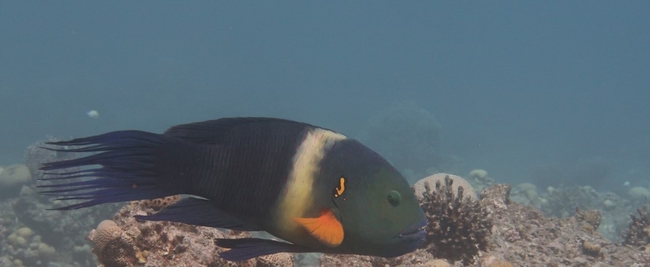Background
Nitrogen is essential for all life on Earth. In the global oceans, however, this element is scarce and nitrogen availability is therefore critical for the growth of marine life. Some bacteria found in marine waters can convert nitrogen gas (N2) to ammonia (a process known as N2 fixation), and thereby supply the marine food web with bioavailable nitrogen. N2 fixation is believed to be restricted within the tropical and subtropical oceans and mainly performed by cyanobacteria. Recent observations reveal the presence of non-cyanobacterial (heterotrophic) N2 fixers all over the globe.
Since, high levels of oxygen combined with low levels of dissolved organic matter in seawater prevent N2 fixation, the occurrence of N2 fixation in a variety of environments constitute a great puzzle. It is speculated that N2 fixation can take place on sinking marine particles, but it is still unclear how this occurs and to what extent. With the project N2FIX, we will develop a mathematical model for unicellular heterotrophic bacteria growing on sinking marine particles.
The main aims of the project are to
1) assess the biogeography of N2 fixation by heterotrophic bacteria associated with sinking particles,
2) determine the total contribution of this component of N2 fixation to the global nitrogen budget,
3) disentangle the contribution between tropical and temperate regions to the global nitrogen budget, and
4) estimate the changes in the rates of heterotrophic N2 fixation under future climate change scenarios.
Project Partner |
|---|
| DTU Aqua - National Institute of Aquatic Resources, Denmark |





